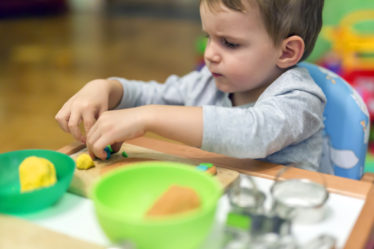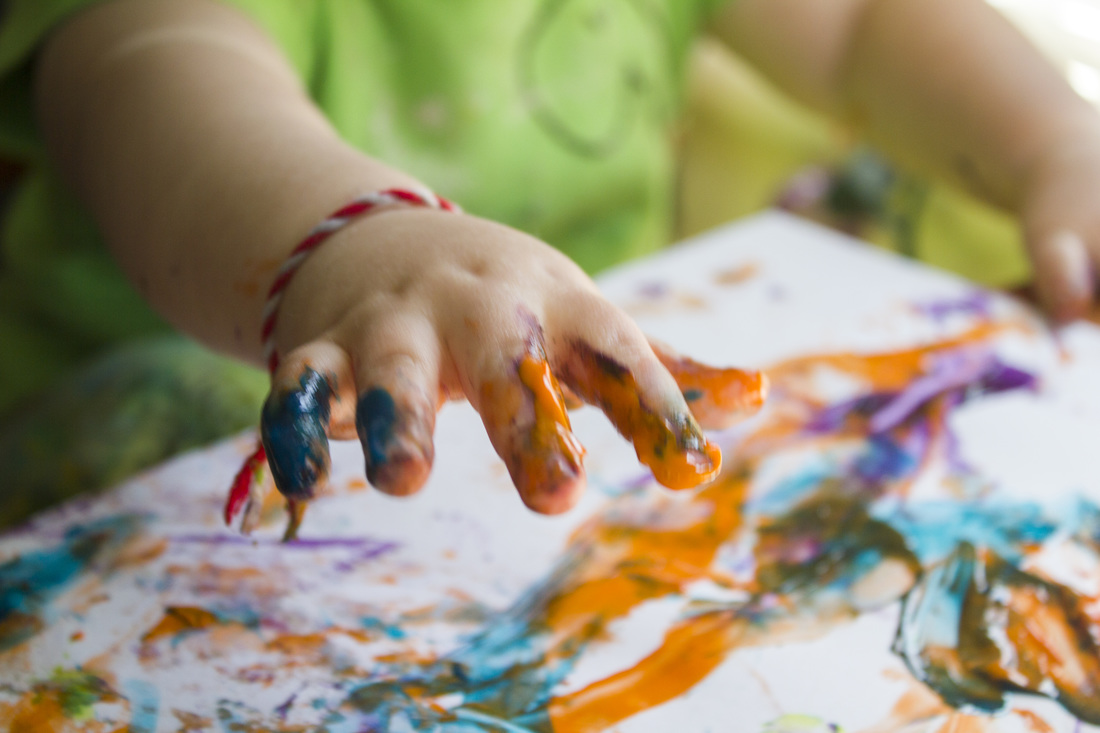
A few weeks ago, I posted a video tutorial how to make goo-yuck. It’s great fun for the kids (and Mom and Dad). But if you don’t want to go all-out and make gak, then there is always that close cousin: Play Doh.
It’s an all-time favorite for pre-schoolers and kindergarteners.
I can tell you that not a single day did I spend in my kindergarten classroom without Play Doh in full supply. The ingredients for Play Doh, by the way, remain a closely guarded secret.
But it’s primarily made up of a mixture of water, wheat flour, deodorized kerosene (or some other petroleum distillate in order to provide the smooth texture), salt, a drying agent such as borax (deters mold), an alum-based hardening agent, coloring and perfume.
You don’t need all that to make my goo-yuck. Here’s the video. And if you’re love the story behind the story, make sure to read how Play Doh came to be in the world!
Do You Know the Play Doh Story
Originally, a wallpaper cleaner invented by brothers Noah and Joseph S. McVicker, Play Doh was introduced to schools in the Cincinnati area in 1955 because McVicker’s sister-in-law asked if it was a safe alternative to modeling clay.
Play Doh was an instant hit and soon the McVicker brothers formed Rainbow Crafts Company to produce and sell their product. Additionally, the brothers showcased their “modeling clay” at a National Education Convention and the word spread to the big department stores, Macy’s and Marshall Field’s. Soon after, Plah Doh was a national hit.
Advertising played a crucial role in the success of Play Doh. Captain Kangaroo endorsed Play Doh. So did Miss Frances from the Ding Dong School, another popular children’s television show.
In 1960, a character named Play-Doh Pete, a young boy with a beret, was introduced to the advertising campaign. Additionally, the Fun Factory Accessory Playset was added to the product line, which allowed children to squeeze the material into interesting shapes and molds, furthering sales and development of the product.
More Colors, More Fun
In 1980, Play Doh expanded its palette to include eight colors, some that glowed in the dark and even some that were scented. It is estimated that more than two billion cans of Play Doh have been sold since 1956 and the total amount of Play Doh manufactured since then would weigh more than 700 million pounds.
Kids all over the world still enjoy Play Doh (it is sold in more than 6,000 stores and over 75 countries worldwide) and children can even celebrate National Play Doh Day on September 18. Some products never go out of style and Play Doh will always have young minds to enlighten and entertain.
Stay tuned for some more fun Play Doh activities!

